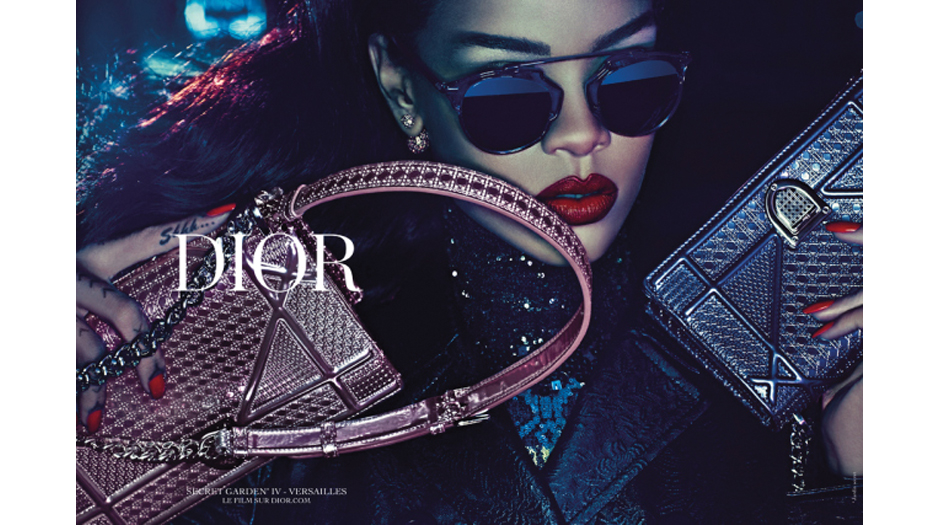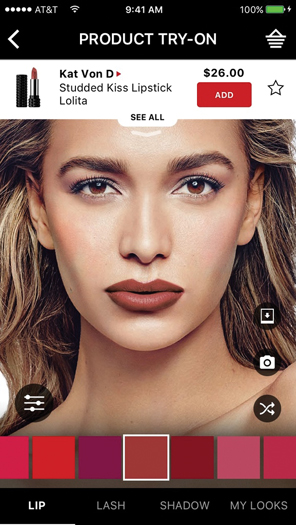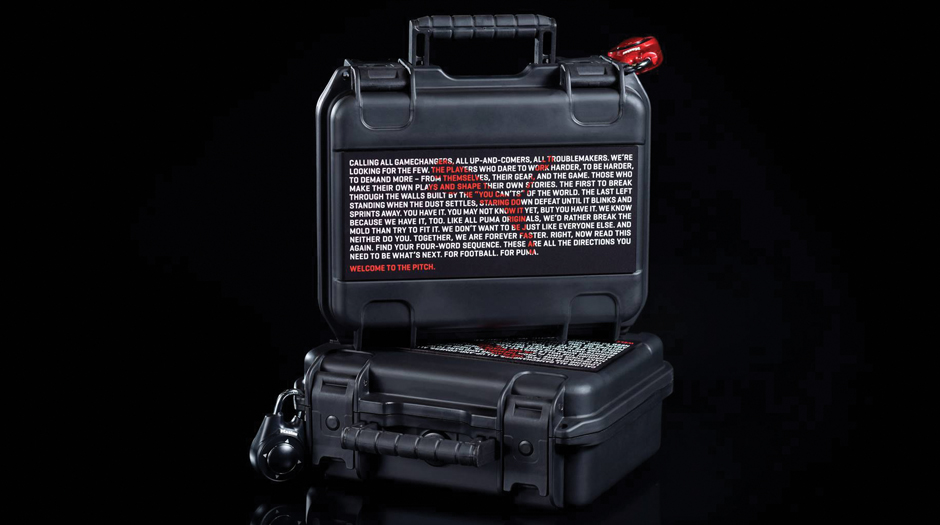Store Brands
Going High End
Published
7 years agoon
By
BXP Staff
A big picture trend among luxury brands today is their desire to be more approachable and accessible by nontraditional audiences. No longer aloof, many luxury brands are engaging consumers across the affluence spectrum. While brands that do so risk alienating a small percentage of their most affluent and loyal customers, they’re making that tradeoff because more customers equates to more sales.
“Twenty years ago, having the right name and the right price tag were a pretty reliable formula for success,” Mark J. Slater, associate creative director of Cramer, a branding experience agency, says. “Luxury brands could offer the same products as their competitors, at a higher price point, solely on the basis of name. There’s less and less of that these days; the Internet’s led to increased consumer transparency, and increased consumer expectations.”
 Kristen Clough, vice president of strategy and analytics for teamDigital Promotions, says luxury brands are seeking to create personalized interactions, to begin the “luxury brand experience” at the awareness and consideration stage.
Kristen Clough, vice president of strategy and analytics for teamDigital Promotions, says luxury brands are seeking to create personalized interactions, to begin the “luxury brand experience” at the awareness and consideration stage.
“This begins the relationship early so there is a more meaningful connection and ensuring that each touchpoint accurately represents the brand,” she says.
The Role of Social Media
Pamela Webber, CMO of 99designs, says luxury is and always has been about looks. In 2017, that means high-end design, photography and cutting-edge technology. Responsive and smooth UX design are essential, as is highly visual content to help with storytelling.
“It’s no longer about the things you own, but the lifestyle you’re living—a sentiment highly influenced by consumers’ affinity for documenting their experiences on social media like Facebook, Instagram and Snapchat,” she says. “Additionally, consumers are looking more and more for authenticity and personal stories over traditional advertising, which makes influencers—particularly social media-savvy millennials—so powerful.
AdvertisementFor example, Instagram ads have been huge for high-end brands because it’s a relatively new form of advertising that was exclusive in its inception (Instagram only recently rolled out their new Instagram for Business and advertising options to all brands).
Peter Weedfald, senior vice president of sales and marketing at Sharp Electronics, a leading luxury electronics brand, says attempting to build a market-sensing, luxury-minded reach and inform brand platform is getting tougher due to a digitally enhanced market landscape.
“Luxury consumers are catalyzed by their own socially charged digital world: perpetually connected through social publishing and social sharing and not easily distracted by legacy push advertising,” he says.
Many luxury brands today are focused on aggressive social/digital investments to reach and sell targeted consumers, all to ensure positive competitive realization. Weedfald says savvy luxury brands focus on a multitude of social initiatives to best reach consumers, such as social partnering with non-competing luxury brands to increase social exposure; increasing search engine marketing; and using social media shaping to enhance the ability to orchestrate and curate brand expectations and conversations.
Celebrities and other media personalities have always played a role in awareness and recognition for luxury brands, but their influence and reach through social media now has a bigger impact than ever before. Think Rihanna for Dior or Kristen Stewart for Balenciaga.
“The rise of blogger celebrities—especially fashion bloggers—have become core to luxury marketing strategies,” Clough says. “The quality of the content many of them create both for social or their personal sites has now become a standard and style brands strive for—more authentic and part of a lifestyle. This is especially true for the fashion, art and music communities.”
AdvertisementSeeing Success
Slater notes that the luxury brands that are thriving are meaningfully offering consumers more. They’re essentially saying, “Luxury doesn’t just mean expensive; luxury authentically means better—better materials, better technology and better values.” And then they really deliver on it.
Take Puma’s new soccer cleats—the EvoPower and EvoTouch, which retail at around $220 for adults and $120 for youth.
“These shoes align very much with that idea of luxury as better, or luxury as value—not luxury as expensive,” Slater says. “Puma is a brand that’s not afraid to be different when different aligns with their values. We wanted to embrace this mentality, so that’s where we started.”
The answer was to create an experience. designed a sleek, black, polypropylene case, then sealed it with a directional activated padlock.
“Each case was printed with an anthem about Puma’s and the player’s commitment to work harder, play harder, and to demand more from themselves, their gear and the game,” Slater says. “Within the anthem, there was a code to unlock the case and grant access to the new boots. Players read and re-read the anthem, collaborating with their teammates to unlock the cases, in an engaging, fun, memorable, and sharable experience. It sent a clear message: These boots are different—and better.”
Webber notes many luxury brands are embracing messaging that sparks a more authentic, human connection, citing Apple as one company that’s done a great job of this with its shift toward region-specific campaigns like Brazil’s commercial, “Meu Bloco na Rua,” and its recent Apple Watch ads, which feature people of various genders, ethnicities and ages as models.
Advertisement“Mercedes-Benz’s recent ‘Growing Up’ campaign is another great example, candidly tackling the struggles of becoming an adult and how to redefine that tradition—through five Mercedes vehicles,” she says. “The Celine ad featuring Joan Didion is another great example of tapping into authenticity. The ads appealed to an older demographic, as well as interests outside of fashion. Dolce & Gabbana did a similar thing in Spring 2015 with older women models.”
Tech Time
Luxury brands are creating some really inspirational stuff using the latest in technology. For example, virtual makeup try-ons have taken off, with brands like Charlotte Tilbury and Sephora offering customers the ability to “test” makeup from the comfort of their phones.
At the end of last year, Alibaba introduced a virtual shopping experience using VR headsets—another trend that’s expected to highly influence the industry in the near future.
 The Demographic Game
The Demographic Game
To remain successful, it’s vital that luxury goods and services reach different demographics in today’s age, rather than going for just a high-end customer base.
“Aiming for a younger demographic can help potential customers grow into a brand,” Webber says. “People like to strive toward a level of career and socioeconomic status above their own and might start with smaller purchases within a brand that they view as luxury.”
As wealth is accumulated, inherited, transferred and enjoyed over time, luxury brands and goods need to expand and dominate a greater buying sphere to ensure they are front and center in mind and heart of future luxury buyers.
“The expanded sphere also potentially acts as an ambient influencer, a brand and product ambassador through social clouds,” Weedfald says. “Although the consumer cannot immediately make purchases (based upon necessity or pocketbooks), they can still be a refulgent voice and content sharer to accelerate brand and product opportunity.”

SPONSORED VIDEO
Branding with Ferocity – Thinking Like an Indie Brand
Get a better understanding on how to leverage new technologies to engage and delight shoppers, sustainability’s role in product and package design – being sustainable and premium are not mutually exclusive, plus best practices and tips for collaboration and how to launch new products and refresh existing product line-ups and brands.
You may like
Advertisement
Subscribe

BULLETINS
Get the most important news and business
ideas from BXP Magazine's news bulletin.
Advertisement







